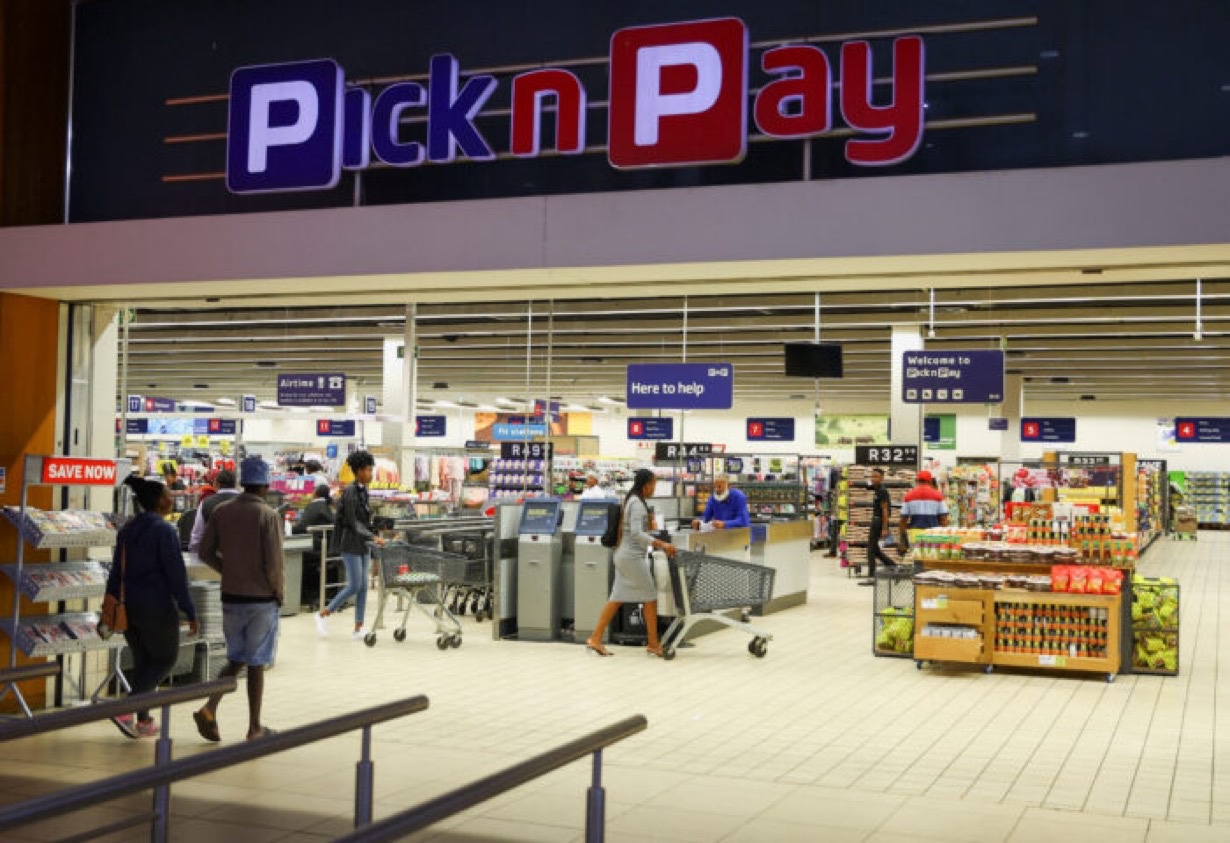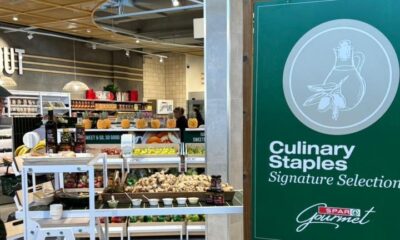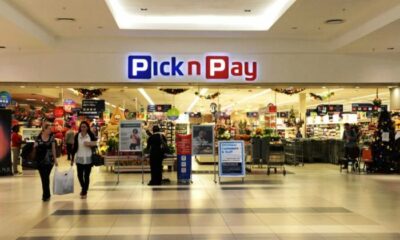Business
Pick n Pay’s Store Closures Are a Wake-Up Call for South African Malls

Retail giant’s reset could redefine shopping centres across the country
If you’re a landlord clinging to the idea that a big-name anchor tenant guarantees long-term success, Pick n Pay just sent you a very loud, very clear message: Think again.
Under returning CEO Sean Summers, Pick n Pay has begun a major strategic reset—closing, converting, or franchising nearly 100 of its stores. And if that doesn’t get shopping centre owners sitting up, nothing will.
“We’ve got too many stores in South Africa,” Summers warned, comparing our saturated retail landscape to that of the United States. “Just because you can open a store doesn’t mean you should.”
What’s really going on?
At its core, Pick n Pay’s move is about getting leaner and smarter. The chain is ditching underperforming outlets and refocusing on locations that still make financial sense. That includes converting some stores into its thriving Boxer brand, franchising others, and closing the dead weight.
Here’s how the numbers stack up:
-
40 supermarkets gone or repurposed
-
25 closed outright
-
7 converted to franchises
-
8 flipped to Boxer
It’s a bold, back-to-basics approach for a retailer that has long felt bloated and burdened by legacy store formats and outdated locations.
The ripple effect: Shopping malls, are you watching?
According to John Jack, CEO of Galetti Corporate Real Estate, the retailer’s actions should set off alarms in the property sector.
“Leases, trading densities, and growth potential are all under the microscope,” Jack said. “Shopping malls with weak-performing anchor tenants are going to feel this the most.”
Retail property owners are being pushed into a corner, evolve or risk extinction. The days of long-term leases with guaranteed foot traffic are gone. Today, retailers want flexibility, profitability, and scalable formats.
Jack points out that some former Pick n Pay sites are even being explored for community or government use—a creative repurposing that reflects changing needs and a smarter use of space.
The future of retail: fewer stores, better stores
The Pick n Pay playbook is borrowed straight from trends already seen in the US and Europe. Big-box retail is slimming down globally. It’s no longer about quantity, it’s about quality, location, and return on square metre.
Benefits of this shift?
-
Lower overheads
-
Streamlined supply chains
-
Smarter marketing spend
-
Capital unlocked for digital and high-impact investments
For Pick n Pay, this is about survival—but also leadership. As Summers puts it, “If you’ve got retailers who are prepared to just open stores at any cost, then a shopping centre works. But I would question the medium-to-long-term wisdom.”
Boxer: The quiet success story
One of the most telling moves in this strategy is the conversion of underperforming Pick n Pay outlets into Boxer stores. Boxer, with its value-first model and appeal to township and peri-urban shoppers, has quietly become a jewel in the group’s crown.
This pivot also shows that Pick n Pay isn’t just downsizing it’s reshaping. Instead of writing off poor sites, they’re adapting them to new retail realities.
Will others follow suit?
If Pick n Pay pulls this off, it won’t just weather the storm, it could set a new retail standard for South Africa. It’s the kind of reset that other local chains, many still clinging to bloated portfolios and dated store formats—should be watching closely.
But the clock is ticking.
South Africa’s malls are at a crossroads. Either they adapt to the new lean retail model or risk becoming echo chambers of the past, filled with empty storefronts and outdated assumptions.
Pick n Pay isn’t fading out. It’s evolving. And South African retail better catch up.
{Source: IOL}
Follow Joburg ETC on Facebook, Twitter , TikTok and Instagram
For more News in Johannesburg, visit joburgetc.com



























